DCS World F-5 Low Level Toss Bombing Survival Tutorial.
Why Is Low Level Toss Bombing a Survival Tool!
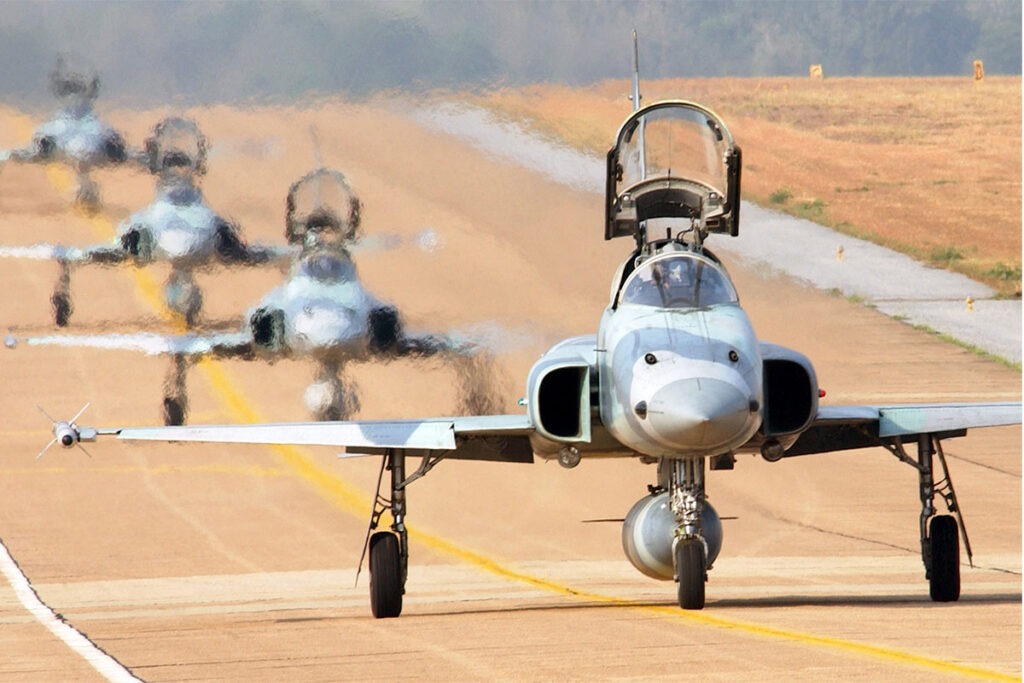
Low level toss bombing is very useful in a cold war setting when the environment is full of AAA and SAMS. In the 80s computer aids were nearly non-existent and if you need to hit a target accurately and limit your exposure to threats it was the technique of choice for many air forces.
In my Air Force days, I loaded many Mk-82 slick and Hi-drag bombs to F-111’s as well as Mirage IIIO’s and they went out practising low level penetration bombing missions. It appears with practice it can be very effective and accurate. The RAF with its Buccaneer and Tornado fighters were also tasked with this task during the cold war, but they had nukes to toss bomb.
Heatblur 80s Server Experience.
The reason I started toss bombing was I was looking for a bombing options was that I was considerably safer in a highly defended areas. Targets such as an enemy airbases proved to be highly defended with missiles and AAA. I found myself being shot out of the sky way to often by SAMS and AAA when attacking airfields!
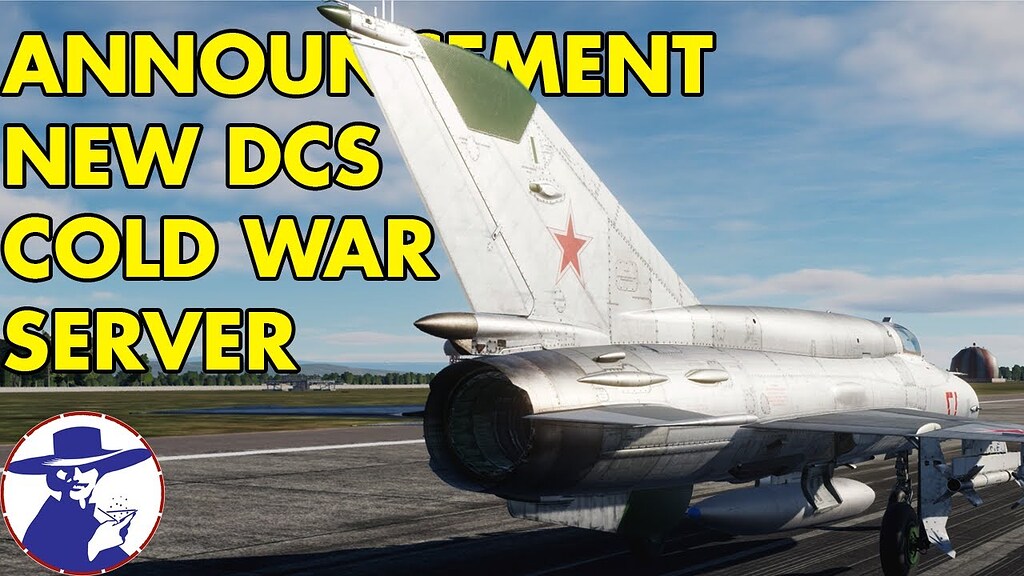
There had to be another option other than low level high drag bombing or dive bombing. These bombing techniques are more accurate but considerably more dangerous and also so leave you exposed for a long time. Not a healthy situation in an often lone F-5 and it’s pretty fatal most of the time!
I needed to find an answer like toss bombing because it’s frustrating as I’m sure many of you know to experience a fiery death every flight! In real life of course the whole mission would be very complex in its makeup. There would be many aircraft attacking simultaneously so as to overwhelm the defences. It honestly would never and not just a single strike aircraft.
Heatblur 80’s Cold War Server
On Heatblur’s 80 Cold war Server there are not always people wanting to help you in such a strike. They are often interested in the glory of air to air combat. The F-4 Phantoms are certainly popular and doing a lot of air to air work against the myriad of Mig-21s I’ve been tangling with!
On Heatblur’s 80 Cold war Server there are not always people wanting to help you in such a strike. They are often interested in the glory of air to air combat. The F-4 Phantoms are certainly popular and doing a lot of air to air work against the myriad of Mig-21s I’ve been tangling with!
In real life there are NEVER a single aircraft doing any attack on their own! They are always heavily supported by fighters as well SEAD (Suppression of Enemy Air Defences) aircraft along with tankers as well as AWACS, so it’s quite the undertaking.
Flying on a server you may be able to fly with friends and coordinate an attack but for now let’s be the lone wolf trying to make a difference for the Blue Side maybe when it’s a bit quieter without hordes of Mirage F-1s and Migs patrolling.
In real life there are NEVER a single aircraft doing any attack on their own! They are always heavily supported by fighters as well SEAD (Suppression of Enemy Air Defences) aircraft along with tankers as well as AWACS, so it’s quite the undertaking.
Flying on a server you may be able to fly with friends and coordinate an attack but for now let’s be the lone wolf trying to make a difference for the Blue Side maybe when it’s a bit quieter without hordes of Mirage F-1s and Migs patrolling.
- Latest CPU’s Available Now – Amazon.com
- Get a NEW GPU Best Performance – AMAZON.com
- Upgrade RAM Here today – AMAZON.com
- Prebuilt PC Options – AMAZON.com
Why The F-5 Tiger II?
The F-5 Tiger II is a great little aircraft that has proven its amazing qualities time after time. Used by the US military as an adversary aircraft because it closely resembles the Mig-21 and other Soviet aircraft performance and many countries because of its low cost and great performance.
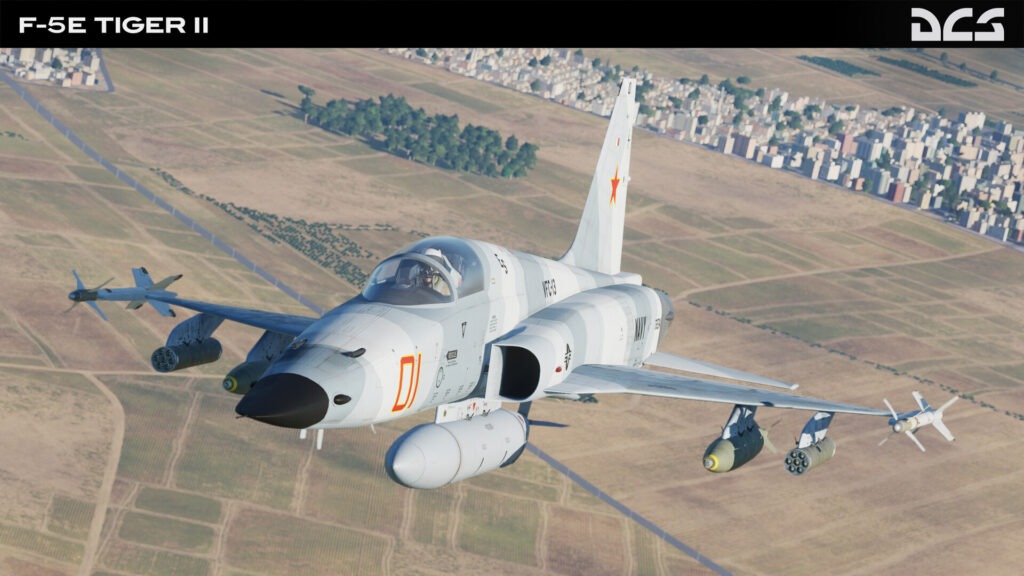
I chose the F-5 Tiger for my Multiplayer Cold War Server flying because I had it and really didn’t want a more complex aircraft such as the New F-4 Phantom by Heatblur that was recently released. Simple and effective the F-5 was my choice and has proven great fun to fly and fight with. It is well armed for the period with Aim 9 sidewinders and its pair of 20 mm guns in its nose. THe radar is ok but not anywhere in the class of the newer Vipers and Hornets but simple and efficient.
Bombing & Ground Attack
Bombing and ground attack the Tiger is a pretty good platform allowing general purpose bombs like the MK-82 500 Lb bomb in both High drag and low drag configurations. Amazingly you can carry 5 on the centreline which packs some punch. The wings have two pylons also for bombs and loading up the centreline plus wings makes her pretty heavy but still comfortable to head out and kill some ground targets.
Surprisingly the F-5 can LGB bomb with a ground designator which does come up on the server plus rockets which can certainly be devastating on softer targets. Overall its a fun weapons platform and very happy I have it for this 80’s scenario.
Planning a Toss Bombing Mission Overview.
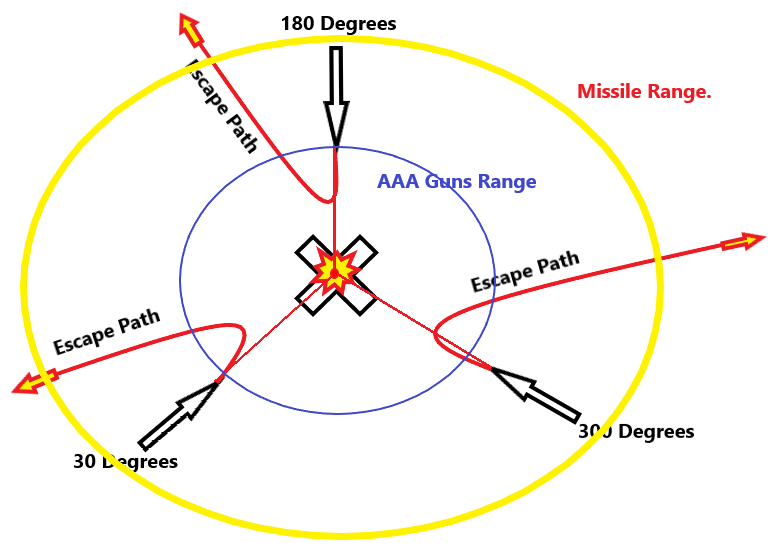
I feel a quick overview of this type of mission is worth commenting on. If there are two to four of you then you want to try and arrive within say 30 seconds of each other from the predetermined attack time. Having multiple aircraft doing their rappid 30 degree climb at the IP would be ideal. This then divides the interest of the multiple gun batteries as well as missile launchers between you all and improves your survivability.
Organising your flight to come in at angles that compliment the attack. For example if one aircraft comes in from North at say 000 degrees attacking south then Id expect the other two to come in from say 100 degrees and 200 degrees so your never flying directly at each other and tossing bombs.
Learning How to Toss Bomb Accurately.
So, I started thinking about how to achieve all the parameters required to toss bomb well and actually survive! I didn’t want to have to overfly the target, so I needed to launch weapons at a distance. Determining the distance would be a challenge and remains something of a variable but lets keep moving.
To survive I think a low-level ingress could still hide you from fighters and the A-50 AWACS on the Red Side. I don’t have proof, yet this is the case but If I believe it to be the case I’ll update this post over time!

Speed would be required to impart energy on the weapons to get the range I hoped for, so I chose 500 knots as a beginning point. Less likely to pull the wings off my trusty F-5 Tiger II I use on the 80s server.
To get distance I thought about a release angle and considered 45 degrees and 30 Degrees as a starting point. I’m sure 45 degrees climb at 500 knots should perform better but needed to test the whole premise since there were no tutorials on how to do this so that also falls on me in the near future!
Low Level Toss Bombing – Testing the Process.
I needed to try the toss bombing procedure to determine its range and accuracy first. Heading to the Nevada map in the DCS Editor I set up my IP (Initial Point) as the taxiway next to the VOR so I could easily identify it when starting my pullup for toss bombing. I then placed objects in a straight line out into the desert at 1 nm spacing. I ended up with 4 additional points with the final being 4 nm from the taxiway IP or pull up point!
I decided on the following parameters after initial flight testing on in the DCS Editor. The attack would be repeated with:
IP Altitude – 500 Ft AGL.
Speed – 500 Knots at full Burner.
Release time – 3 Seconds from pull up!
Climb Angle – 30 Degrees.
I flew this quite a number of times and if you’re thinking why not the 45 degrees angle of climb it’s because it’s hard to see the 45 Degree line and the 30 is easier. Simple. With practice I’ll try the 45 but 30 degrees works for now!
It’s very busy so being prepared with all your switches made is important. Cockpit house cleaning caused me to miss my first real world (Online) mission and had to re fly it at some additional danger!
The Procedure.
Loading your aircraft for toss bombing is great with as many Mk 82 L/D (Low Drag) bombs as you like. The F-5 will allow 5 on the centre line and two on each wing. That’s nine bombs equivalent to 4500 Lbs of bombs! This is under max weight with fuel so ok! Watch your G’s on the pull-up though! THose thin wings won’t take a lot of extra stress!
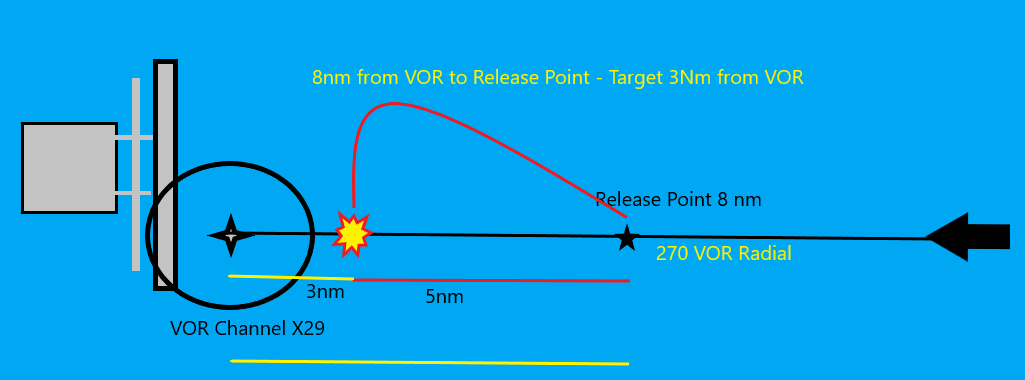
Selecting the Centre line on my practice mission I selected:
Settings:
Interval – 0.16 The Longest Time between Release.
Selected – Ripple Release on the bomb Selector!
Select Station to release – Centre line.
F-5 Tiger II Toss Bomb Testing.
The first attack test was flown at 500ft at 500 knots. I lined up targets in the distance and made sure all was ready. It’s dangerous not to have everything ready well before as looking down to make a switch at 500 knots with only 500 ft below you could very quickly be deadly!
This allowed me to align myself with the targets correctly for the attack profile. I reached the IP taxiway point, and as it disappeared under my nose, pulled back smoothly pulling on plenty of Gs then counting, One One thousand – Two – One thousand and at Three One Thousand, I pushed the Pickle Button as I said three!

The bombs rippled off perfectly, and I rolled and pulled back hard towards the ground in a smooth sweeping motion returning back at below 500 ft heading back the way I ingresses initially about 450 knots accelerating in A/B. The time I was exposed was about 10 seconds from pull to being back in the deck heading away. This should prove more survivable than the current options.
- Joystick / HOTAS – AMAZON.com
- Rudder Pedals – AMAZON.com
- Throttle Quadrant – AMAZON.com
- Gaming Chair – AMAZON.com
- VR Headset – AMAZON.com
Get Away Safe
Interestingly the bombs go so high they won’t impact till you have reversed course and on your escape route and heading out of Dodge! The course is interesting as having labels on in the editor you can clearly see them arcing and coming down when I did a full 360 and flew back the range to see where they landed. Pretty cool I’d say.
In testing I was able to complete the turn back towards the targets so I could see where they dropped but you obviously would not do this normally in an attack. I see the bombs descending out of the sky and impacting on and around the 4NM marker on the distant desert floor! Perfect!
Perfection and Tolerances!
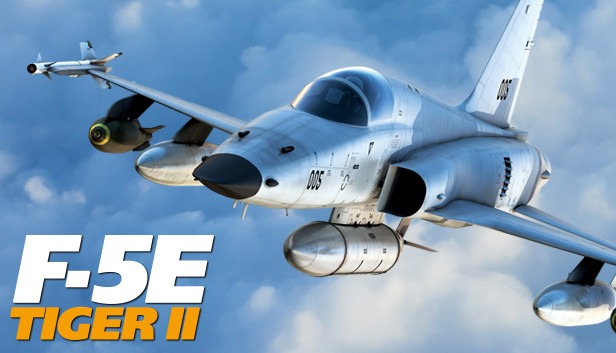
I repeated the attack a number of times with the same accuracy which builds my confidence no end! In testing also by changing speed to 450 knots but remained at 30 degrees climb angle and a 3 second release to hit spot on right on 3 nm!
Adjusting this to 500 knots and 45 degrees I expected to go beyond the 4 nm marker, but it also landed at the 3 nm mark. I’m still not ready to accept 45 degrees isn’t perform better and it could be I need to do more testing. This can help determine if I’m flying it accurately enough for it to be a genuine test. I only did these others a couple times, but they were consistent it has to be said at 4 nm range.
In Game Planning.
So how are we going to achieve the required release point to hit our targets?
Option 1: Go to the respective map and measure out 4 nm from the target with the ruler. Find a small village or a feature such as a road or intersection that be a guide for your pull up point! It’s possible but often a challenge in my most recent attempts to find one that meets requirements.
Option 2: Use a VOR with a distance and heading dialled into it and your desired attack heading. You need to be close to any VOR at low altitude! You will need to find an airport and its VOR to be able to use it to help target. The VOR can be used to get a heading as well as range which is the important part! Just knowing the 5nm point from the target is super helpful. Recommend a widespread in bomb ripple times to account for inaccuracies in the timing.
Option 3. Getting creative if you have a VOR to use and you’re trying to hit a target near the airport like fuel dumps or a SAM/AAA battery, you can offset the range and the radial track for your attack. If the target is 3 nm from the airport VOR just add the 3 nm to the 4 and launch your attack at 7 nm to hit it. Use a radial in degrees to get lined up with the target so you have range and direction preplanned when you cannot see the target. Useful at night when it’s going to be super hard to see targets!
You may find the axis of the attack by lining up the VOR, so the path aligns with your target. This means if you need to fly in on the 90 degrees radial to overfly the target you do just that and again at 8nm pull up to reach your target.
In Game Toss Bombing Experience.
So, It’s been a week or two since I started this toss bombing procedure, and I have to say my accuracy has fallen short of expectations in online attempts to hit a specific enemy airport located 40 NM from my spawn point. The determining factor so far has been getting the correct distance from the target correct. It’s proven more difficult than I expected, so there is some work to do to make it a consistent and accurate weapons delivery procedure.
Using VOR is an option for sure giving you the correct direction and distance on the VOR radio seems logical but it works intermittently in DCS so far. It could be me turning it on while the startup procedure is happening but I don’t yet know.
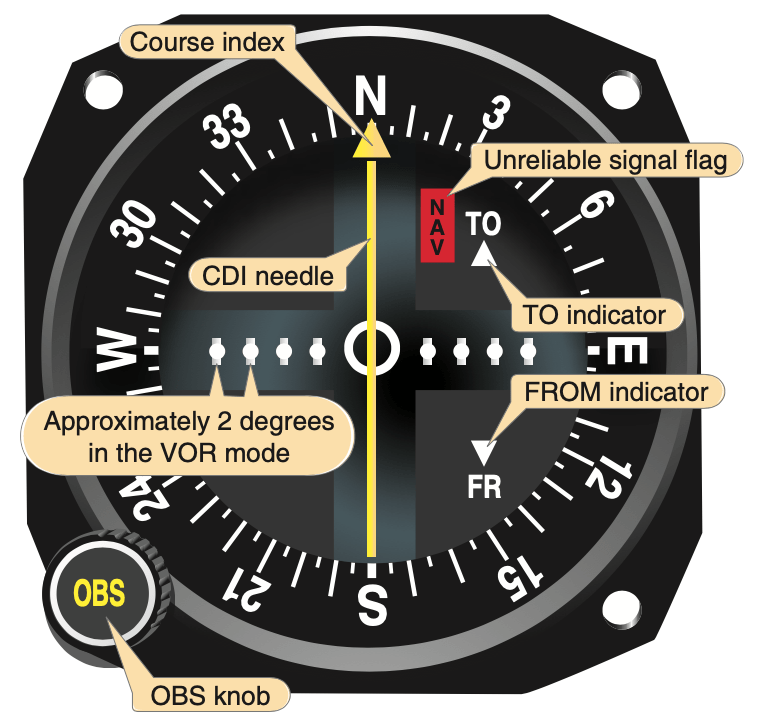
Ensure you get the VOR channel for the target you want to hit. Again in real life this is probably changed regularly so you wont get it but in DCS they dont change and that’s important. Im leaving from X02 Vor channel at my base at Krynsk. My Target is on X3 Channel so I generally take off on X2 channel and select 72 degrees for the heading. This takes me towards the target airbase.
Getting Closer
Getting closer I want to attack on the runway heading of 09/27 so I select X3 to change VOR channels radio panel. I then fly north till the needles align with the VOR heading at 090 degrees. Rotate the OBS till the needle points to 90 degrees. The centre needle will offset to the direction you are from lining up on your attack run.
This then puts me in line for the attack on the runway heading and gives me range to the VOR/Airbase as well. Flying directly towards the base keeping the directional needles aligned on 090 I get a distance reading on the top left of the VOR instrument. At 4 Nm at 500 Ft and 500 Knots I pull up into a 30 Degree climb and count 3 seconds as I pull Up. At the 3 second point I release the weapons in Ripple and roll back the way the direction I came in on with a slicing descending turn in full A/B!
At this point the guns are often looking for me and missiles could be in the air so chaff and flare while departing at maximum speed~! No time to check out your handy work as you’ll certainly die!
Using the target airport VOR has proven to be an inaccurate with distances for the bombing. I have released a few ripples of 5 bombs, but they have fallen short every time as the VOR distance has read 5 NM. I am going to reduce this and bring it back to 4nm and see if I can get the bombs on target.
The Enemy Red Force
The enemy have also made the whole process much more difficult, as they should of course! The F-4 Phantom by Heatblurr is super popular with the Blue Team that the Mig 15’s to 21’s all avoid them like the plague! If the F-4s are all in a different area than myself when I spawn then they all make a beeline for my lonely bomb ladened F-5 Tiger II.
Its cost me a number of shootdowns, although I have now had my scored my first air to air kill with the F-5. I am still way behind in the statistics and survivability. I was dispatched very soon after by another angry but unseen Mig! That’s life in 80’s Cold War!
ADDITIONAL WEAPONS
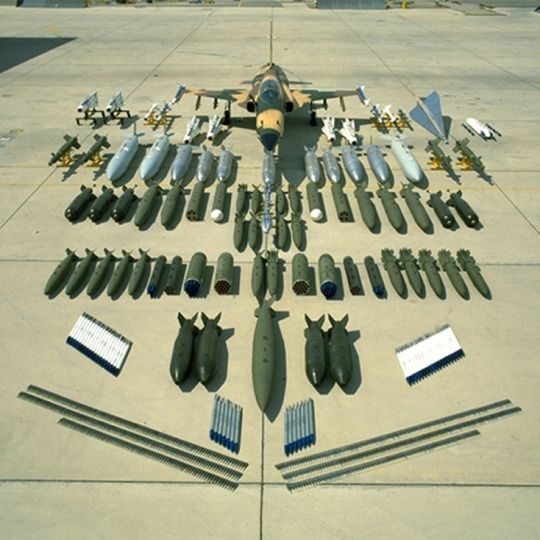
More weapons like CBU cluster bombs should also be possible to use but ATM I have yet to test them and their flight characteristics. I hope to add this below in the future. DCS only offers a limited range of configurations at the moment which is unlikely to change with the age of the module now. The option of five Mk-82s on the centreline offers the opportunity to take some serious fire power to a target. The four wing pylons can all homs a single weapon. THe real aircraft is show with a multiple ejector rack in some pics but even in real life I have never seen more than 4 bombs on the wings in real world operations.
In my RAAF and Contracting with BAe Systems both the Royal Malaysian Airforce and Saudi Airforce operated F-5 Tigers where I was based in Butterworth, Malaysia then Khamis Mushayt, Saudi Arabia when I worked on Tornado IDS/ADV.
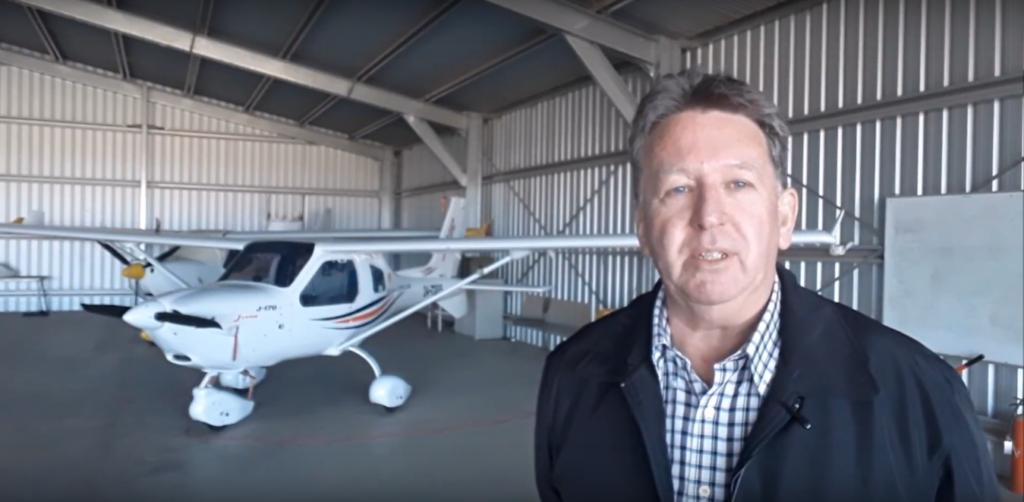
Author
Brendon McAliece (Aka Gunnie) is a military veteran with 23 years working on Jet Fighters, their weapons systems and ejection seat/module systems as well as munitions and R&D. Involved with flight simulation since the 1980s, he has flown all the major flight simulators over the years.
He is an Australian expat who has lived in Malaysia, UK, Saudi Arabia and more recently Thailand. He is a multi-lingual blogger who loves to share his life experiences here on LetsFlyVFR.com and DreamingGuitar.com, with his lifestyle and Travel experiences Blog plus his Dreaming Coffee website.
Learn More @ DreamingGuitar.com – DreamingCoffee.com – LetsFlyVFR.com
( HOME – BLOG – SHOP – ABOUT )
As an Amazon affiliate I may benefit from qualifying sales.
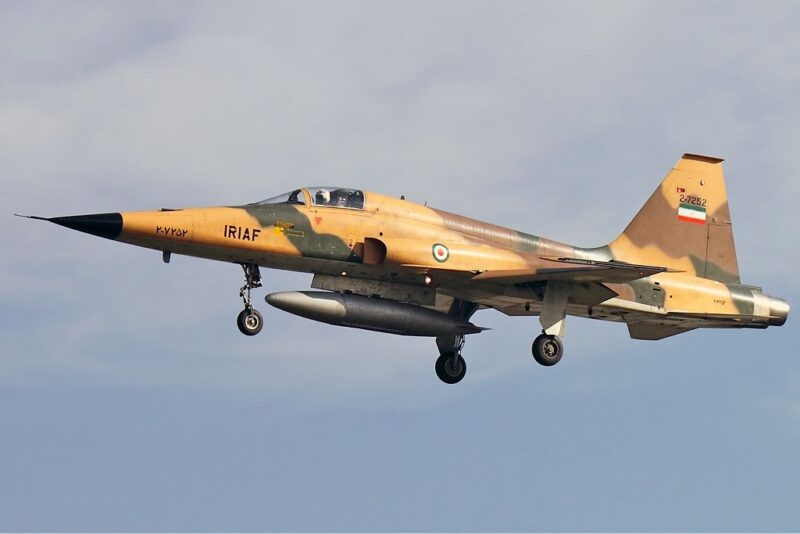
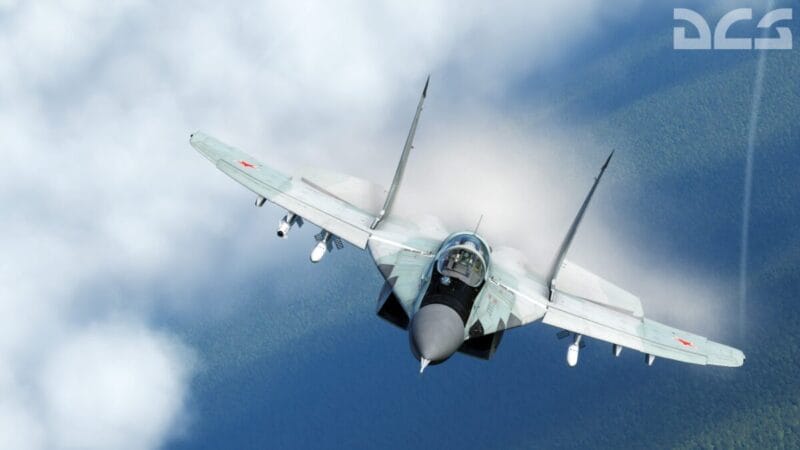

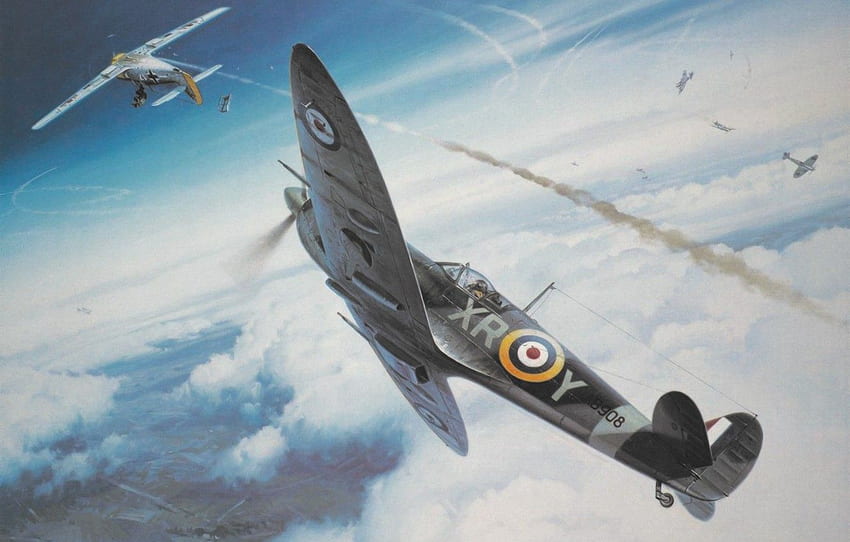


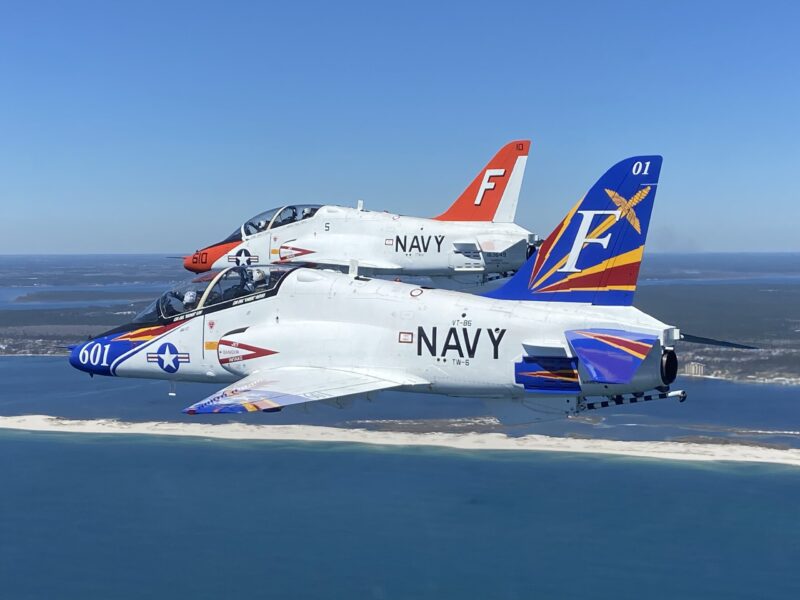



One response to “DCS World F-5 Low Level Toss Bombing Survival Tutorial.”